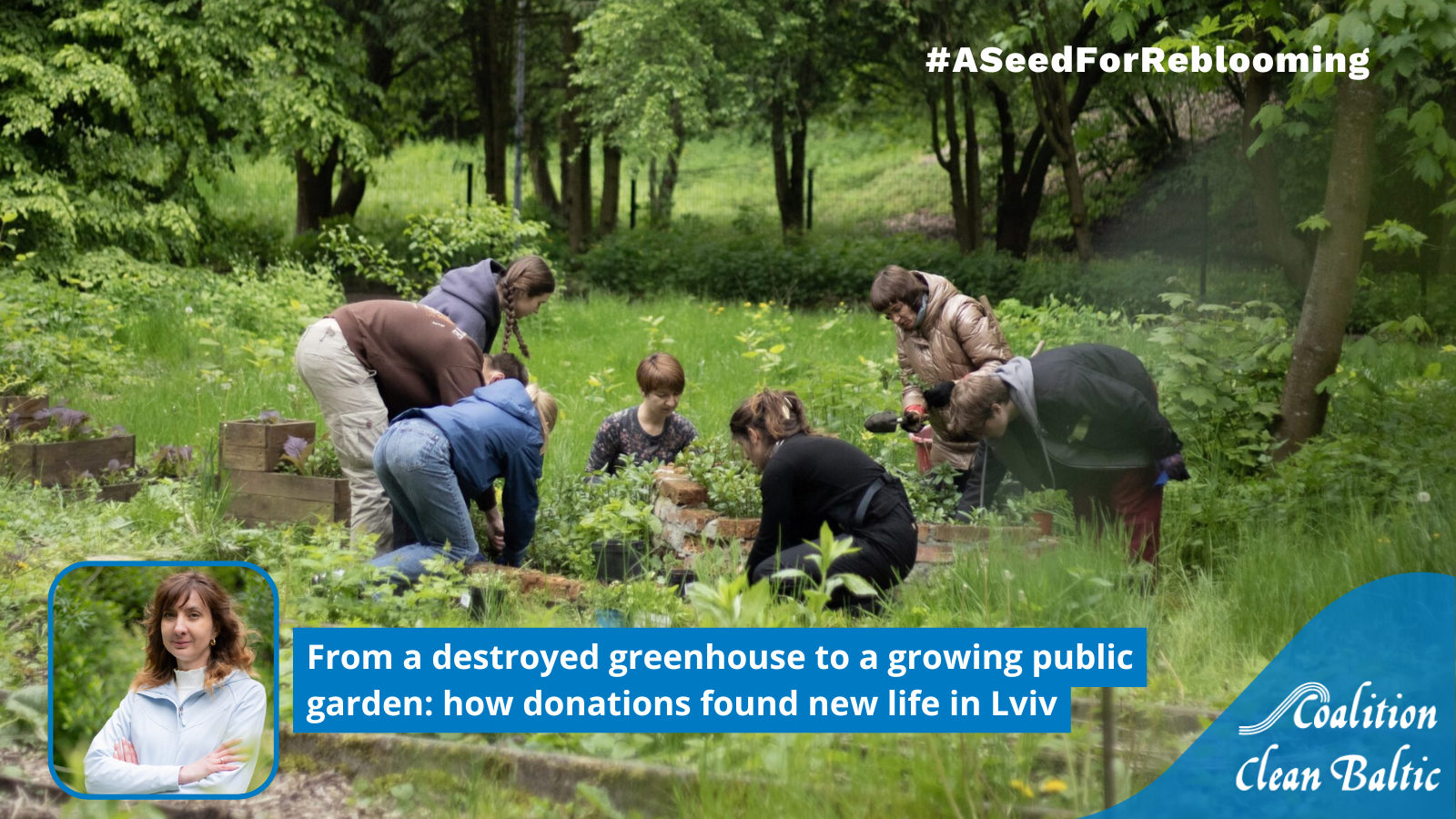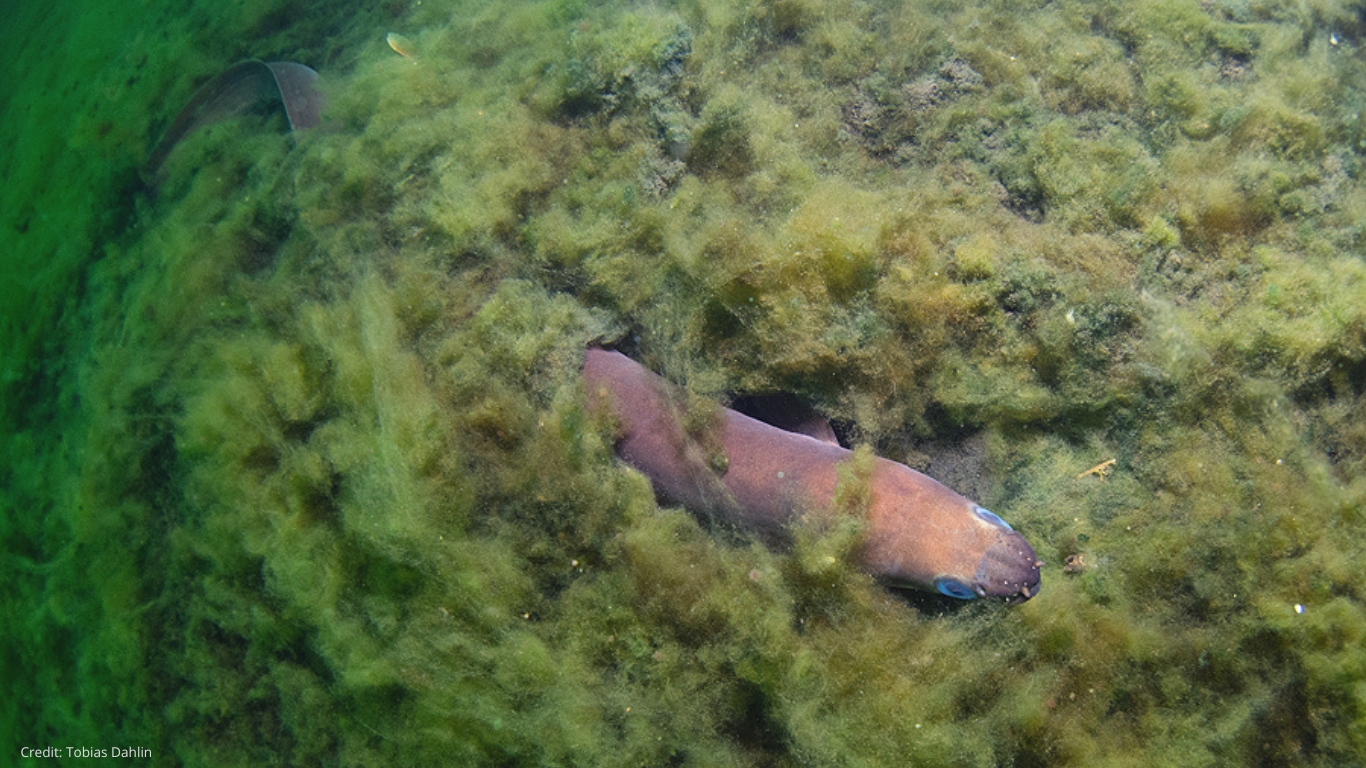EU ministers fail to help the Baltic cod but helped the salmon
Yesterday the EU ministers agreed to setting total allowable catches (TACs) for the main fish stocks in the Baltic Sea. Yet again, both Commission and Member States fail to understand the crisis for the cod and set a TAC at least 44% over scientific advice. In fact they even set the TAC 33% higher than the fishing industry called for. One positive take away is a small addition of a new rule to ban sea trout fishing outside 4nm line. Salmons are caught in open sea today but reported as sea trout. This added rule should in effect mean a strong rule to limit IUU on salmon catches in south Baltic.
The Fisheries Council meeting in October each year sets TACs for the main Baltic stocks. NGOs, CCB included, are usually disappointed of decisions taken as insufficient or not in line with scientific advice. This year was no different but CCB wants to underline 2 major setbacks and one positive thing.
Scientists have warned about the terrible state of the western herring stock for some time. This year they were forced to advice on a zero TAC. The Ministers failed to meet that advice, and far from it when deciding to set a TAC at 9001 t. The eastern cod stock in the main basin of the Baltic Sea consists of small, even tiny cod that spawn already at the size of 15-20 cm. Only 3-4 years ago spawning size was believed to be around 35-40 cm, and as a reminder, cod is normally a large and fast growing fish. In normal circumstances, a 4-5 kg cod is a rather normal fish, 10-15 kg a nice one. In the Baltic Sea today, such fish are almost unheard of. The fishermen are not even able to fill the quotas they have because the fish are simple not worth fishing for.
The ministers agreed to set a quota of 24 112 tonnes, that is 44% higher than the expert scientist advised. Actually the scientific advice is even lower because the advice given includes fish of the stock taken outside the areas in question: the area around Bornholm is a mixed cod stocks area. Scientists are aware of the mixing and given the TAC proposed to western cod, it’s likely that some 2-3000 t cods taken in this area are actually from the eastern cod stock, adding to the above set TAC.
This means that the TAC decided by ministers, and the resulting cod fishery linked to it, will mean an overshoot of the scientific precautionary advice with well over 50%.
Regarding the positive news. A small addition to the TACs was made regarding salmon. A new rule was agreed to stop fishing for sea trout outside 4 nautical miles from the coast. This may seem as a small detail but in fact in may have great effect on the current misreporting of salmon as sea trout. Scientific experts have noted this illegal activity mainly from Polish fishermen for years. Last year, estimations point to as much as 30 000 salmons misreported as sea trout.
This small new rule may prove to be a very effective way of stopping this illegal fishing and substantially help the wild Baltic salmon stocks.
Nils Höglund, CCB Fisheries Policy Officer, points out that
The annual cycle of setting TACs by EU ministers is simply not fit for purpose. The ocean health cannot be dictated on short term basis while we aim and strive to reach good environmental status; protect the sea from pollution; halt eutrophication etc in the long term perspective. Nothing in UN, EU or our regional goal of Baltic Sea Action Plan will be achieved unless this circus is changed.
Read the EU final decision.

